Retraction Of The Scapula
SHOULDER ACTIONS
RETRACTION OF THE SCAPULA
It may appear that scapular retraction holds less weight in finding deeper backbends, but this action can be quite significant in what we experience when it comes to strength, stability, and spaciousness in heart opening postures. “Scapular retraction activates the rhomboids and middle trapezius muscles, helping to stabilize the shoulder girdle and protect the neck and upper spine” (Long, 2010, The Key Muscles of Yoga). In today’s blog, we’ll explore how Matt’s Chromatic approach breaks down scapular retraction across three postures. Wild Thing, Upward Facing Dog, and Camel Pose highlight exactly how we can access these backbends more fully. It’s not only how we review retraction of the scapula, there’s also a hidden action that deepens the strength and stability of these postures.
Matt’s teaching always goes beyond the “how”, but also informs us of the “why” these actions are so imperative.
SPANDA
REGISTRATION NOW OPEN
- 10 Chromatic Yoga practices with founder Matt Giordano
- Full length 75 minute classes
- Spanda: The Divine Pulse Between Expansion and Contraction
- Strong and Long Held Postures with Pristine Technique
- Vinyasa Flows Between Holds to Raise the Heart Rate
- Expect a Cardiovascular Workout
- The Dance Between Strength and Flexibility, Alignment and Movement
- 12 Continuing Education hours with Yoga Alliance
- 12 Accredited Hours with the Chromatic School of Yoga
- Step-by-Step instruction for increased accessibility
- Sweat, Breath, Strengthen, Stretch and Feel Amazing!
WALKTHROUGH WILD THING
In this walkthrough, Matt breaks down the key role that retraction of the scapula plays in achieving a strong and safe Wild Thing. Focusing on the standing arm, he explains that external rotation of the upper arm should come first, followed by a posterior tilt of the scapula. When practicing with Matt, we come to understand the importance of layering and sequencing. This sequencing allows for effective scapular retraction, keeping the shoulder head back and preventing it from punching forward. With the scapula properly retracted, the spine can rotate toward the shoulder blade, creating space for a deeper, more aligned backbend. This action not only enhances the postural precision of the pose but also recruits the rhomboid muscles, stabilizing the shoulder girdle and upper back. When we review retraction of the scapula in Wild Thing, we uncover how subtle engagement leads to both expansion and support, helping us access depth without sacrificing control or structure.
WATCH THE VIDEO
RETRACTION OF THE SCAPULA: LEARN THROUGH 3 POSTURES
UNDERSTANDING UPWARD FACING DOG
In Matt’s breakdown of Upward Facing Dog, we review retraction of the scapula by placing the hands wide on two yoga blocks. In the full class, Matt explains how a wider hand position on the two blocks makes it easier to access scapular retraction by allowing the shoulder heads to move behind the chest. This ability to dissolve helps the shoulder blades glide down the back and draw toward one another, cultivating the foundation for strength and spaciousness in the upper body. Once the shoulders are properly retracted, Matt layers in an optional isometric internal rotation of the upper arms. This is the “secret” action that can take us to the next level of stability. However, he emphasizes that this should be subtle and only added after establishing solid retraction.
200 HOUR ONLINE TEACHER TRAINING
GET CERTIFIED & DEEPEN YOUR YOGA PRACTICE
- Deepen your yoga practice
- Build confidence speaking in front of groups in person and online
- Learn foundational class structures and templates
- Learn techniques for a wide range of yoga postures
- Get certified and highly qualified to teach yoga
- Yoga Alliance Globally Recognized Certification Program
CRITIQUE CAMEL POSE
Matt begins with Half Camel Pose, an ideal starting point to critique how scapular retraction shows up on each side of the body. By working one arm at a time, we can isolate and refine the shoulder mechanics with greater clarity and precision. The key actions are to lift the shoulder up, then back, followed by external rotation—this combination initiates proper retraction of the scapula. Once these movements become second nature and imprinted into the nervous system, we can begin layering in a subtle isometric internal rotation without losing the retraction. In Full Camel Pose, with both hands on the heels, Matt offers the option of beginning with a more neutral shoulder position. However, he cautions against moving too far into internal rotation, as this can compromise the retraction needed for effective spinal extension. When we review retraction of the scapula here, it becomes clear how essential it is for both stability and depth in heart-opening postures.
300 HOUR ONLINE TEACHER TRAINING
GET 500 HOUR CERTIFIED AS A MASTER TEACHER
Master your skill set as a teacher through refined techniques, anatomy, biomechanics, sequencing, philosophy, meditation techniques, theming, yoga business, and much more!
- Get 500 hour certified
- Learn anatomy, biomechanics, asana techniques
- Expand your teaching skills
- Masterful sequencing and verbal delivery
- Learn meditation and breathwork techniques
- Transformative tools: theming, dharma talks, satsang
TAKE NOTE
Take note—the body remembers. This is one of the biggest takeaways and gifts we receive when we practice with Matt. When we repeat and refine actions like retraction of the scapula, our nervous system begins to record these patterns, allowing them to become second nature. In time, we move with greater intention and less mental effort, shifting from constant correction into seamless, conscious coordination. This is where the practice evolves: we remain lifelong students of our bodies, yet we also become teachers—guiding our movement with clarity and purpose. The techniques explored in Wild Thing, Upward Facing Dog, and Camel Pose are not just drills; they’re tools for transformation, helping us lead with structure and freedom in equal measure. Want to take it further? There’s still time to explore these concepts in depth through Matt’s Spanda Online Immersion. And if you’re curious about refining your shoulder mechanics even more, don’t miss his FREE Chaturanga Online Workshop on April 5th, 2025—a perfect next step in your movement journey.
The 200 Hr. Teacher Training: Click Here to See the Next Start Date
The 300 Hr. Advanced Teacher Training: Click Here to See the Next Start Date
Article by Trish Curling
Video Extracted From: Spanda Immersion
ONLINE ANATOMY COURSE
- Accessible, exciting, and easy to learn
- Anatomy and biomechanics for yoga
- Appropriate for both teachers and students
- Learn joint alignment vs pose alignment
- Demystify yoga poses and transitions
- Release aches and pains
- Learn how to avoid common injuries
- Caters to all levels with modifications and props
- 20 hours Continued Education Credits with Yoga Alliance
- 20 hours toward Chromatic Yoga Certification and 300 Hour
- Lifetime access
Continue Learning
Urdhva Dhanurasana Unknowns
Urdhva Dhanurasana UnknownsALIGNMENTURDHVA DHANURASANA UNKNOWNS Let’s take a pause from what we think we know about Wheel Pose and consider the Urdhva Dhanurasana unknowns. Often, we hear the cue, “Just press up into Wheel,” and we do—without questioning the subtle...
Redefine Chaturanga
Redefine ChaturangaALIGNMENTREDEFINE CHATURANGA To redefine Chaturanga, we first have to be willing to challenge what we think we already know. Many of us were taught a narrow-hand, elbows-tight variation of the pose—elbows hugging the ribs, hands close beneath the...
Tight Hips
Tight HipsHIP MOBILITYTIGHT HIPS When working to release tight hips, most people instinctively go straight for deep stretches. But one often overlooked area that holds a surprising amount of tension is the adductorS (the inner thigh muscles) that connect to the...
Conquering Compass Pose
Conquering Compass PoseSURYA YANTRASANACONQUERING COMPASS POSE Conquering Compass Pose isn’t about forcing your leg behind your shoulder—it’s about understanding and participating in the muscular coordination that makes the posture possible. The real power comes from...
Leg Over Head Pose
Leg Over Head PoseEKA PADA SIRSASANALEG OVER HEAD POSE Leg Over Head Pose is one of those postures that challenges not only our bodies but also our mindset. When faced with a seemingly impossible pose, we tend to respond in one of three ways: dismissing it as...
Spanda In Backbends
Spanda In BackbendsSIDE PLANKSPANDA IN BACKBENDS Spanda in backbends is the key to creating both stability and freedom in spinal extension. Backbends are not just about bending; they require a balance between expansion and controlled engagement to prevent excessive...
THE FREE TECHNIQUE PACK
When You Subscribe, You Will Get Instant Access to
- the Technique Pack: 15 yoga pose breakdowns
- exclusive online course discounts
- exclusive blogs and videos
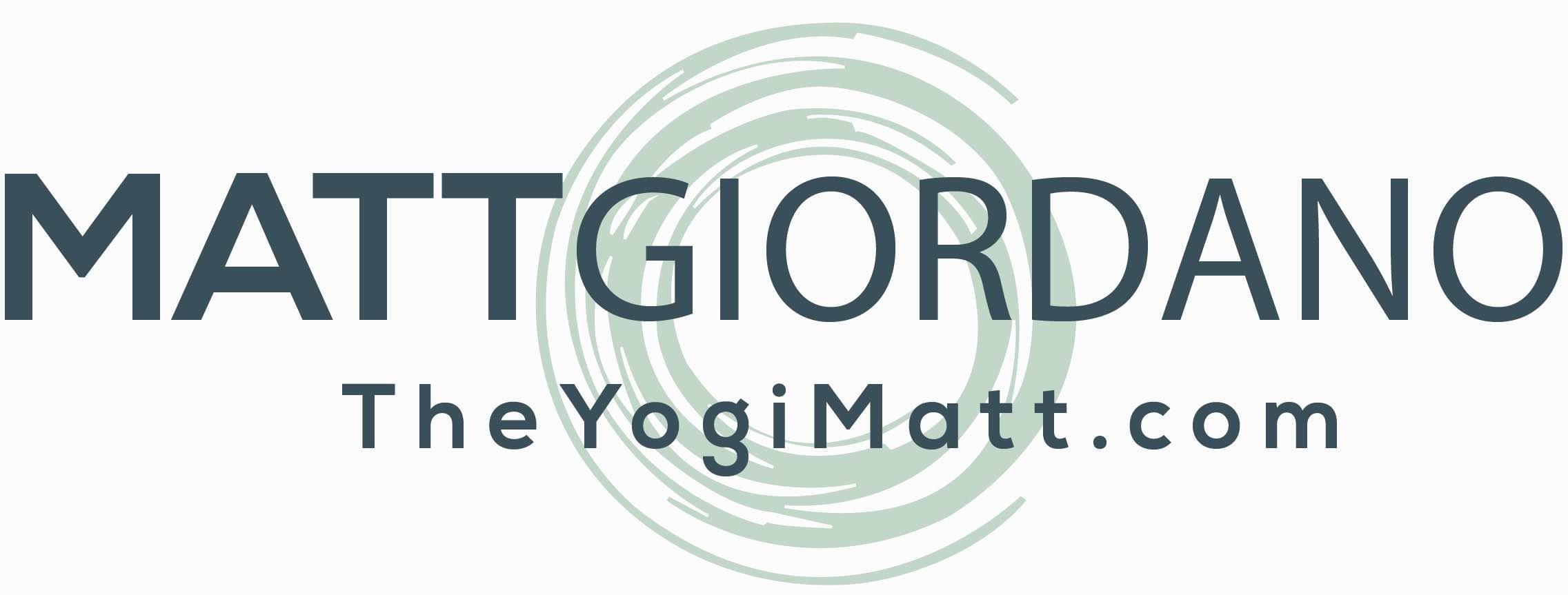
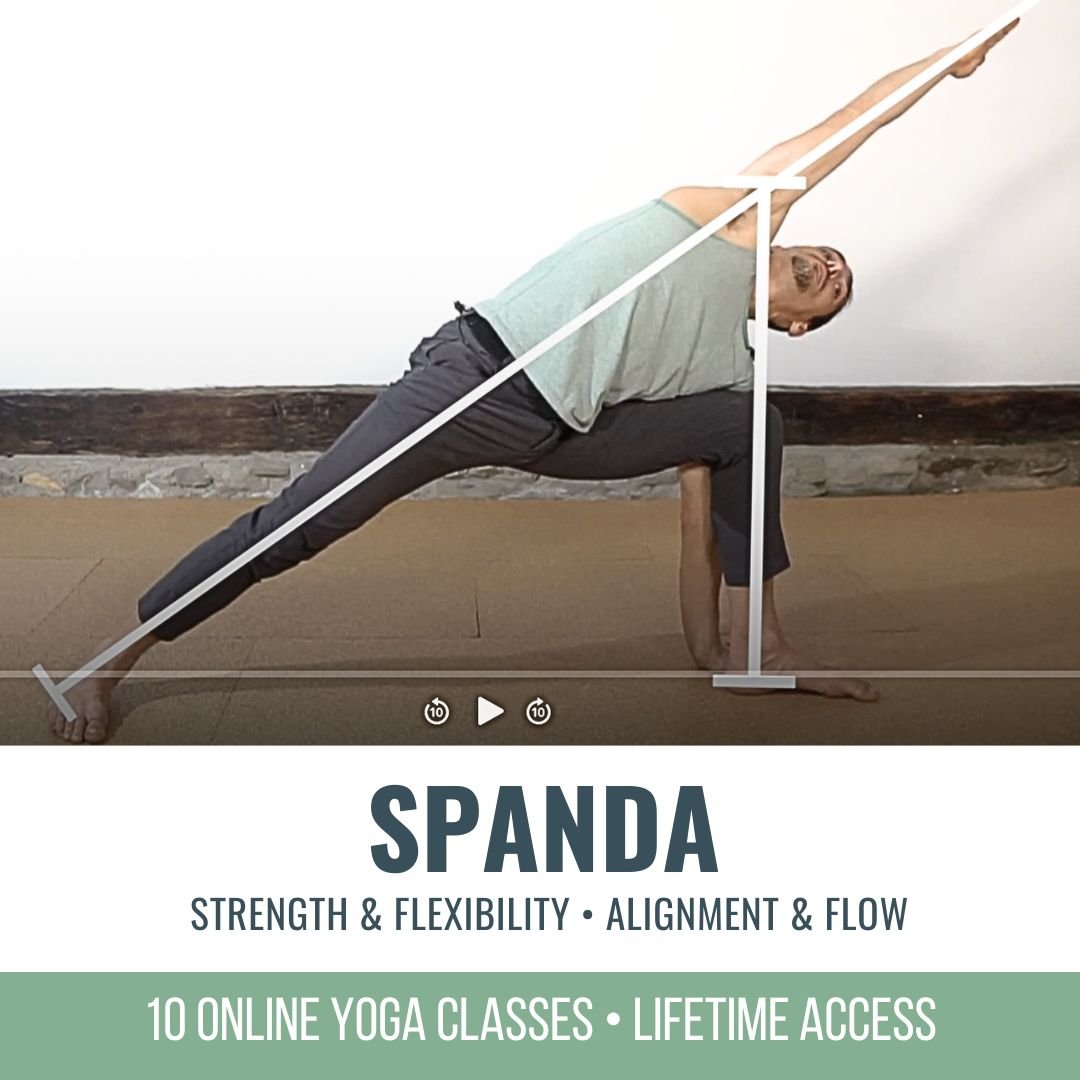



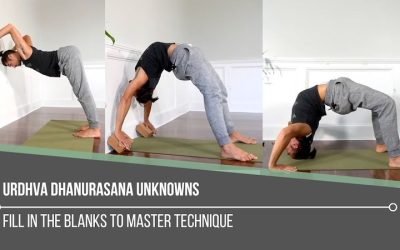
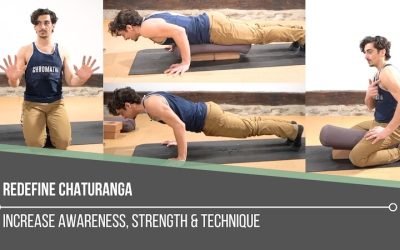

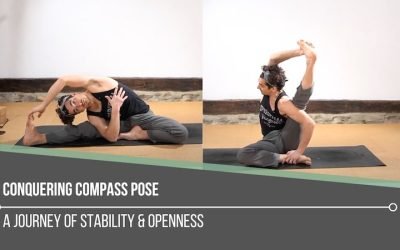
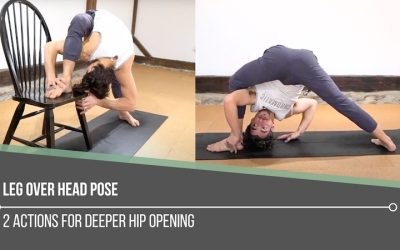
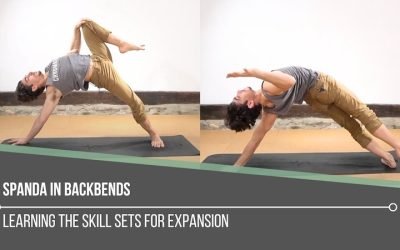


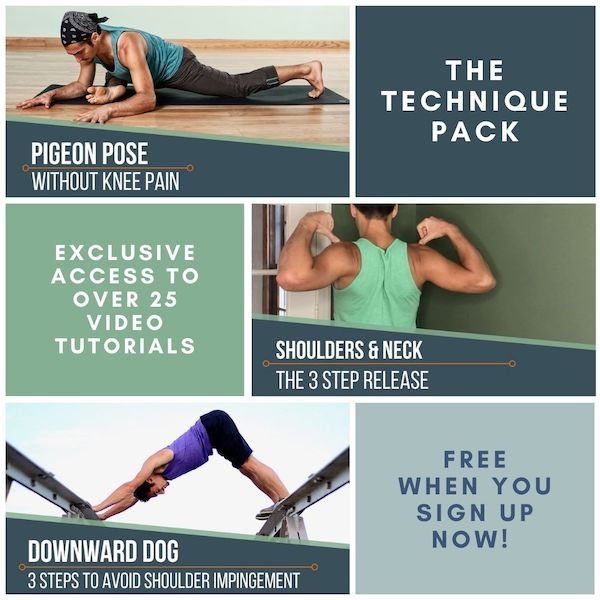
0 Comments